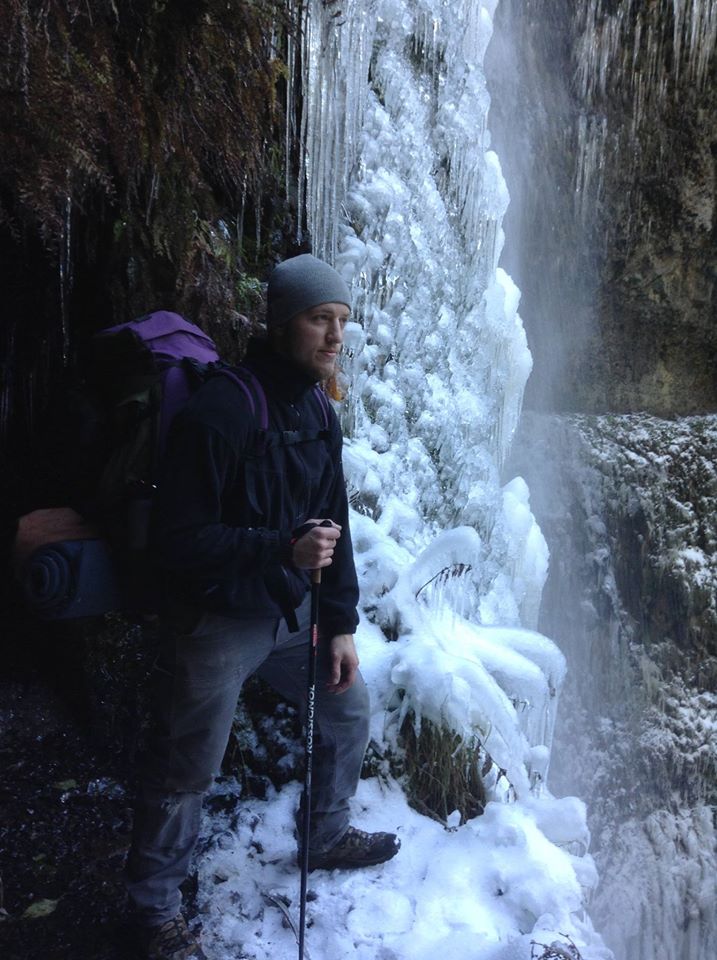Chilly and wintry weather makes survival in the wilderness far more challenging than warm and sunny weather. Much of the edible and medicinal plants that you could have foraged have shed their leaves, you will have a harder time trying to stay warmer and you might get afflicted with hypothermia in extreme conditions.
Knowledge, planning and tools are your mainstays in dealing with cold weather. You will have to concentrate on protecting yourself on wet ground from freezing rain and snow. Windchill is often stated in weather reports as cold weather and gushy winds combined can sap heat from your body faster.
Keep your head covered as you stand to lose 40% of your body heat by simply exposing it to the elements. Your head acts as a radiator as it has a lot of blood flow yet very little fat for insulation. Along your head and neck, insulation is critical to stop the cold from spreading to the rest of your body. Your clothes should stay clean as dirt and oil reduce their insulating value. However, be careful not to overheat yourself under all your clothes as sweating can deplete your body fluids and evaporation works by taking the hottest molecules away and leaving the colder ones behind. This increases the risk of hypothermia as you sweat out from physical exertion yet subject yourself to cold weather. Choose loose and layered clothing that does not restrict your blood flow, even up to your feet. If your clothing is water-repellant, it prevents moisture from reducing insulation.
If you do get wet, hang your clothes on ropes and poles near the top in a well-insulated shelter as heat rises in its direction. Your sleeping bag should be as heavy as you need it to be as more layers go against increases in cold temperature. It is harder to go to sleep in survival situations when you are anxious about minimal equipment yet a heavy sleeping bag will allow you to sleep much longer in cold weather. Never lay your sleeping bag directly on the floor as it may transfer the cold temperature onto your body. Place a bedding of leaves, bark, twigs and other material that can serve as a protective layer to absorb temperature on the ground before your sleeping bag.
Don’t forget to take care of your hygiene even if you are uncomfortable taking a bath in a cold environment as rashes can turn into serious complications when you are in a survival situation. Inevitably, you may sustain injury or sickness in these harsh conditions and prevention of further damage becomes paramount. Hypothermia sets in when your body temperature goes below its maximum threshold for cold and you will start to shiver as your body starts trying to produce heat to warm itself. Warming induces more pain yet you have to sustain the will to make it. Frostbite occurs when parts of your body begin to freeze. Mild frostbite induces a dull white in your skin while deep frostbite goes deeper into the layers. Hands, feet and the facial area are the first areas to be affected by frostbite and there is no cure available, so the only recourse left is to prevent it from happening or control its effects by warming affected parts of the body. Dehydration can set in as your body does not replace the fluids it loses as you sweat out from under layers of clothing. You can check for dehydration through your urine, as if it darker, your dehydration is worse. Stave off dehydration by drinking purified water regularly.
Build a shelter without cold contracting materials such as metal. Keep it ventilated especially if you intend to build a fire in it, yet do not allow too much cold air to pass inside. Do not make it too large as it may have a hard time trying to keep heat within, and determine its size depending on your gear and number of companions.
It is thrice as hard to go through cold weather terrain as compared to warmer survival scenarios, yet the will to survive makes it less impossible. We’ve lived through the Ice Age and we will definitely make it through the winter.
Article by Survivalist Earth / Image by Survivalist Earth

